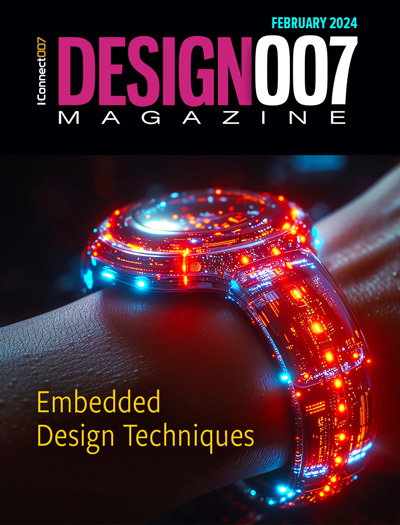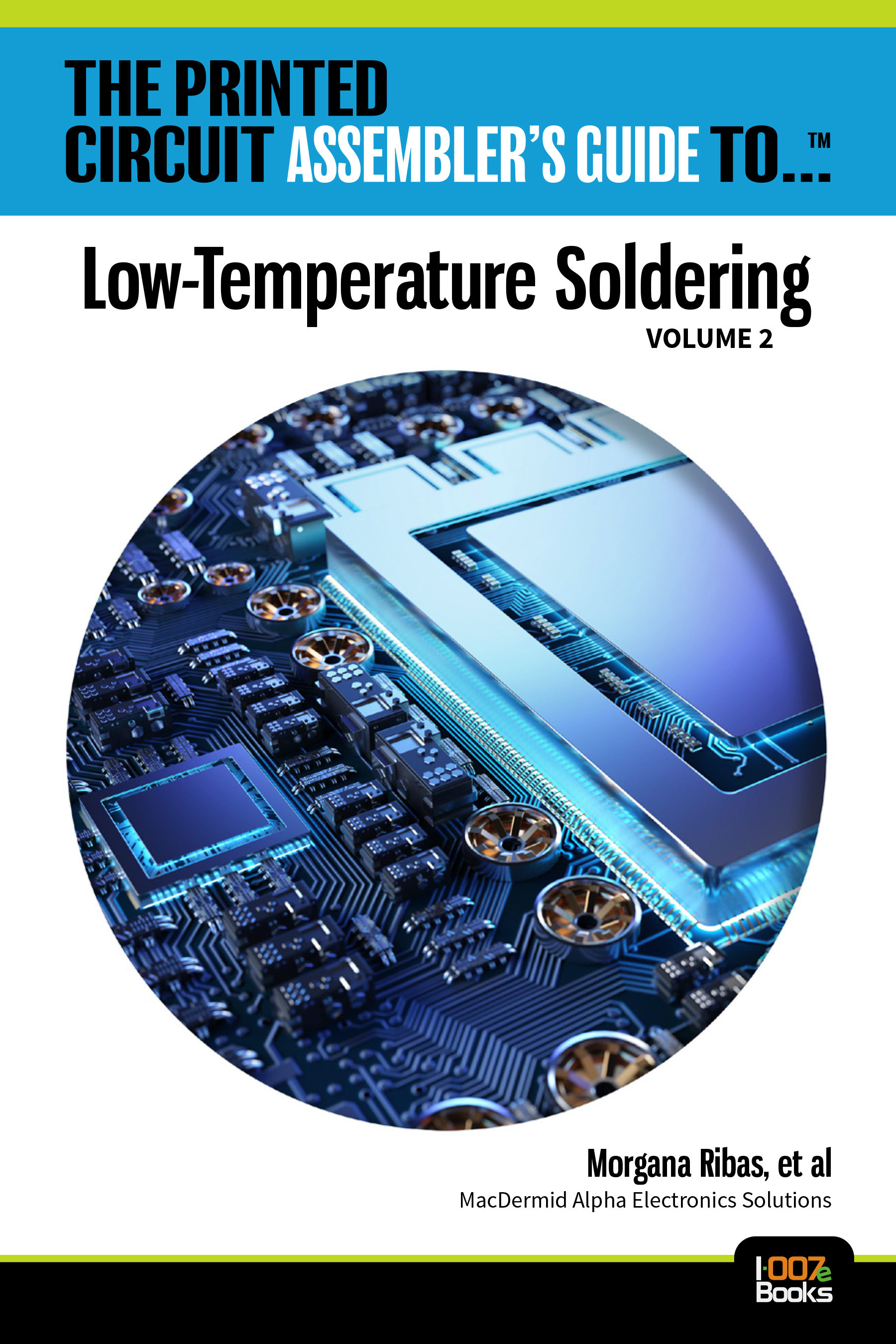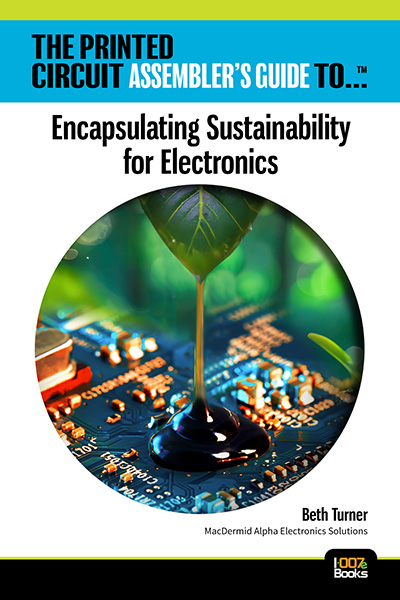-

- News
- Books
Featured Books
- design007 Magazine
Latest Issues
Current Issue
Level Up Your Design Skills
This month, our contributors discuss the PCB design classes available at IPC APEX EXPO 2024. As they explain, these courses cover everything from the basics of design through avoiding over-constraining high-speed boards, and so much more!

Opportunities and Challenges
In this issue, our expert contributors discuss the many opportunities and challenges in the PCB design community, and what can be done to grow the numbers of PCB designers—and design instructors.

Embedded Design Techniques
Our expert contributors provide the knowledge this month that designers need to be aware of to make intelligent, educated decisions about embedded design. Many design and manufacturing hurdles can trip up designers who are new to this technology.
- Articles
- Columns
Search Console
- Links
- Events
||| MENU - design007 Magazine
Connect the Dots
Column from: Matt Stevenson
Matt Stevenson
Matt Stevenson started in the PCB industry in 1995, came to Sunstone in 2006 as quality manager, and progressed to vice president in 2019. He has extensive experience in the PCB industry and has proven his skill and dedication to Sunstone by continuing to grow the company’s revenue, partnerships, and lead excellent customer experiences. Matt’s knowledge of the process from sales to production to quality control provides him a unique view of how to keep Sunstone growing and ahead of our competitors, and his background places him as the most appropriate figure to manage Sunstone's messaging, branding, and value proposition. With eight years as quality assurance manager at Sunstone Circuits, he has proven himself to be an invaluable resource, excelling in managing the quality of the Sunstone product line, and is uniquely qualified to represent the Sunstone brand. Matt has earned two Bachelor of Science degrees in chemistry and chemical engineering from Colorado State University, as well as a master’s degree in business administration from Portland State University.


